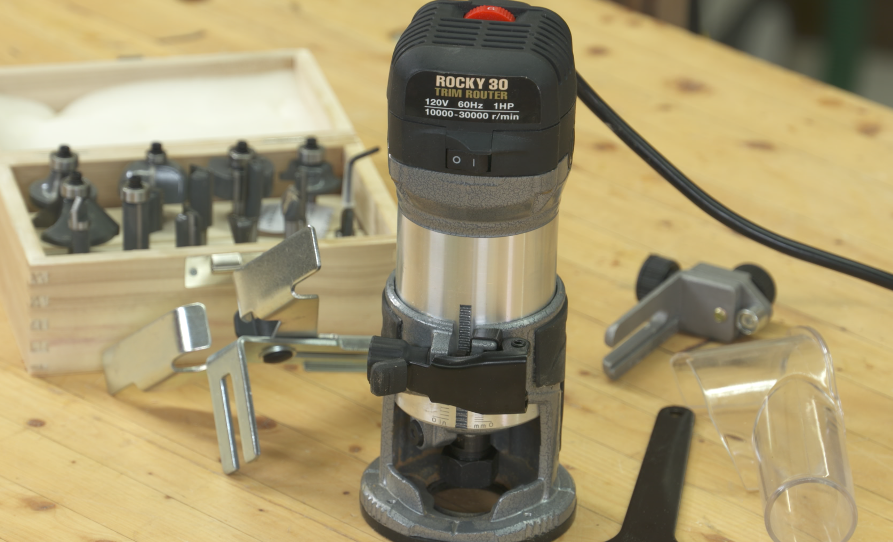There are a few different ways to round wood edges. One is to use a router with a flush-cutting bit. This method is best for clean, sharp edges. Another is to use a chisel or coping saw to create a gradually rounded edge. This approach is more forgiving and works well for edges that are not as clean or sharp. There are also sandpaper pads that can be used to create a smooth finish. Accurately rounding wood edges can be a challenge. Here are five simple steps to help you get the most accurate results:
 |
| Image Source: Flickr.com |
Five simple steps for rounding wood edges accurately
1. Use a table saw
A table saw is the best tool to round edge pieces without using any power or hand tools. It's much faster than cutting them out by hand, and you don't need special tools to do the job. One thing to note about a table saw is that it will make quite a bit of noise while wood cutting or curving.
2. Start slowly
Start slowly at first. If you try to cut a thick piece of wood, you'll have to spend time getting your technique down before moving on to bigger things. It takes some practice to get comfortable with the movement of the blade, and if you're starting, take your time.
3. Measure twice
The last thing you want to do is measure once, put the measurement mark on the board, and go ahead and cut. Then when you realize something went wrong, you'll have to start over again. Make sure you double-check the measurements before you get started.
4. Take your time
Depending on the type of wood you're working with, it may take between 15 minutes to half an hour to finish a project. I recommend taking your time, especially if you're making a significant change in shape.
5. Sand smooth
After cutting everything out, use a sanding block (or a regular old belt sander) to remove rough spots and fill in gaps. You might not think it looks perfect, but it should look great after you seal and paint it!
Final Thoughts
In conclusion, rounding wood edges can be a challenging task. However, with these five simple steps, you can achieve accurate results every time. So don't be afraid to try it – it might just be the perfect finishing touch on your project!















